Commercial design house Wilkhahn, scientifically investigates why sitting alone might not entirely be the new smoking, and continue their 75-year long mission to design solutions for the human condition.
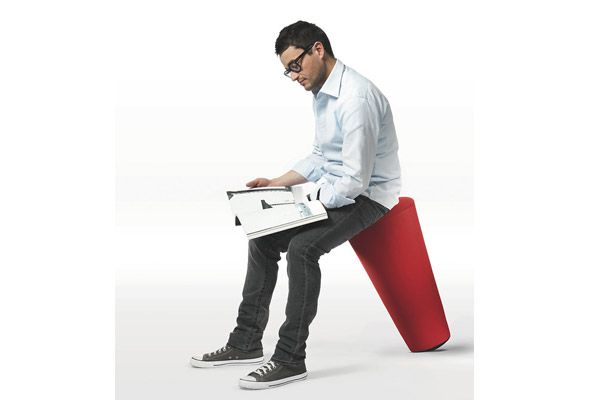
August 25th, 2015
I’m sure by now you’ve heard the recent adage that ‘sitting is the new smoking’. A clever and direct slogan that has – to its credit – made workplace design and health a priority within the cultural zeitgeist. But is this concept a bit of a myth?
The history of human development has really been a struggle to survive. Calories used to be in short supply and had to be burned up carefully. This is the reason why our biological systems will (unfortunately) not waste calories.
To sit is one of the natural postures our body has – we know this. Others are to lie, to squat or to stand. And as I already mentioned, the reduction of physical stress has been also very worthwhile for our quality of life and health. Many professional activities however, simply cannot be carried out except by being seated. Working at computers for instance, and other jobs that require fine motor skills.
And here, the “knowledge-based environment”, so to speak, has frighteningly surpassed smoking as the biggest risk to our health. In a recent interview by Kai-Uwe Scholz for designreport (Special issue 1 I 15), health researcher and professor Ingo Froböse from the German Sport University in Cologne, commented that: “physical inactivity has become the biggest risk factor of all; sitting still, has taken over from smoking. Some 750,000 Europeans die of lung disease every year from illnesses caused by lack of exercise. Lack of physical activity on the other hand is claiming around 1.2 million lives.”
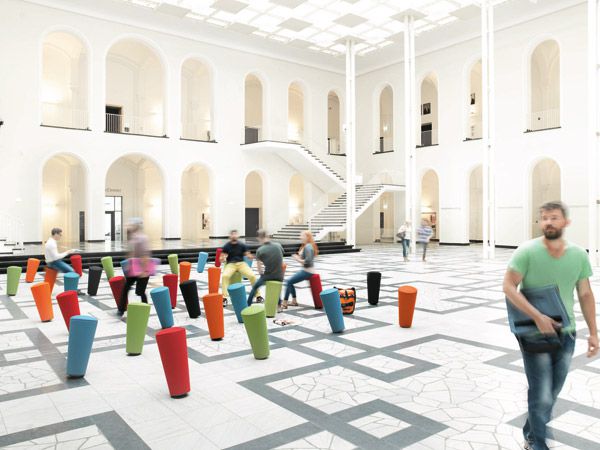
And here, Wilkhahn makes an important departure from “sitting is the new smoking” claim. “The problem is not that we are sitting – but how, how often and how long,” says Burkhard Remmers, Wilkhahn’s international communications manager. “And this also applies to all other postures. Standing for long periods of time has led to occupational diseases for salespeople in retail. And we know what happens in hospitals when people are bedridden. The challenge is that we have to change our posture from time -to-time and that we need to bring back the necessary minimum level of activity into our life and work.”
As early 1970s, Wilkhahn have continually pioneered innovative, dynamic and ergonomic products, setting many global benchmarks over the time to combat these problems. The FS chair for example – debuted in 1980 – was the first chair with a synchro-mechanism that allowed the backrest to move independently from a tilting seat (10:1 ratio: back goes back by 10 degrees and seat tilts down by 1 degree). This set a global standard that is still observed by design manufacturers. In 1994, the Modus chair was the first chair to feature a high-tech, flexible mesh integrated into a flexible but unbreakable, and high-efficiency plastic frame.
In 2005, Wilkhahn collaborated with the German University of Sports in Cologne to continue investigating the fundamental, biologic needs of the human body beyond posture and ergonomics. This led to the 2009 launch of what has arguably been the world’s greatest success in task seating – the ON chair. The first chair with a three-dimensional mechanism (TRIMENSION, developed and patented by Wilkhahn) that allows the body to move freely while seated and being supported ergonomically.
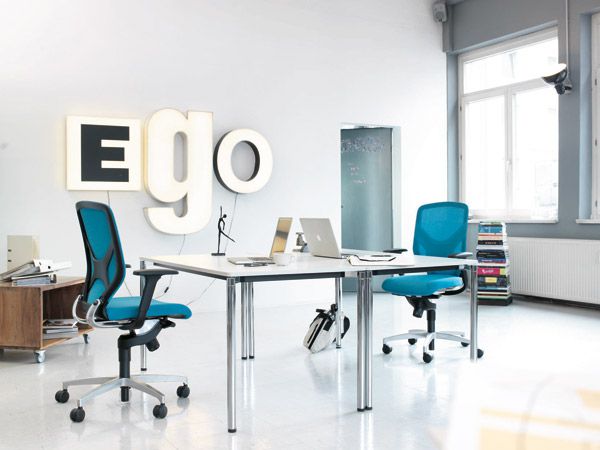
Before producing the now award-winning ON series, Wilkhahn wanted to make sure that it was ideal for the natural skills human bodies are capable of. Remmers recalls: “The biomechanical analysis carried out in a laboratory study by the Center for Health showed that ON and its Trimension interact intuitively with the body. It also indicated that the muscles are activated in large loops, that the range of three-dimensional movements (including the rotation of the pelvis) correspond to the natural range of motion and that no pressure peaks are produced anywhere, regardless of the movement concerned. And perhaps mostly importantly, 90 per cent of the people testing the chair found the greater scope of motion to be very pleasant and they wanted this type of office chair themselves.”
“Analyses of schoolchildren and senior citizens demonstrate close links between physical activity and mental performance. The intriguing question was: ‘does more activity at desks also mean that people concentrate better?’ As a result, three years later this scientific institution carried out a comparative field study with 80 people in a big health insurance company to look in detail at the impact of Trimension on powers of concentration and health. The results were unequivocal. The group on the three-dimensional office chairs had clearly improved across all concentration criteria (speed, accuracy and consistency). The control group on the other hand stayed at the level first measured.”
The accessibility of the ON however, was problematic as the chair was positioned within the high-end market, meaning middle-range consumers could not afford to make these necessary and crucial changes – at least until now. 2015 recently saw the unveiling of the IN chair; the younger, sporty brother of ON with TRIMENSION for everyone at an achievable price point.
For Wilkhahn though, the problem needs to go beyond product. “We need a paradigm shift in spatial design and architecture,” says Remmers. “The idea of the activity-based workspace is one promising concept, as long it also stimulates physical activity. It is however, not the best strategy to promote lounges and sofas, which inadvertently boost this harmful couch-potato lifestyle. Breaks should no longer be seen as the chance to relax physically – in fact quite the contrary. Breaks should interrupt periods of low activity at the desk or in meetings by offering stimuli for more motion.”
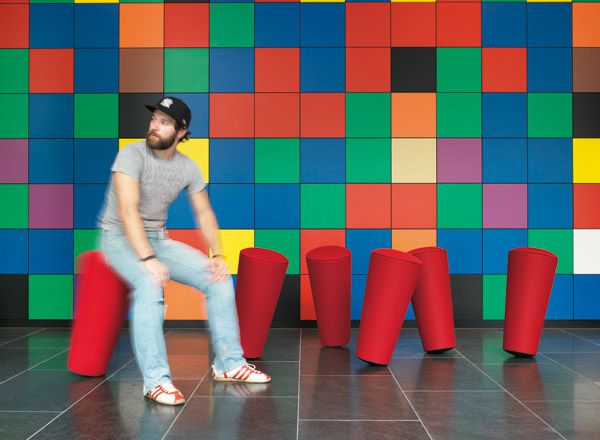
The Wilkhahn Stand-Up for example, is the kind of object designed to encourage people to experience their bodies and to gain another perspective. Experts are also demanding more challenges in buildings, which are dominated by ideas of prevention. These include a similar phenomenon: if you avoid all irritations and challenges we are going to lose all our ability to handle them. It is the same challenge to find the right balance, the right corridor between harmful degeneration and too heavy risks and hazards. But this is also tapping into fantastic new fields of spatial design.
Remmers and Wilkhahn remark however, that mere regulation reform won’t cut it. “We should stop trying to solve these problems with new rules, regulations and laws. We need an approach that is based on positive stimulation. One experience in Stockholm was to put different sounds underneath the steps on a public staircase. People made music by using the stair instead of the escalator. The effect was much greater than any notice saying “Using the stairs makes you fitter”. Others are to use modern computer technologies to promote motion: it is easy to program electronic ID cards to only provide access to elevators to those who really need it. Or to make presence detectors work not with minimal movement but with more movement. Or to have a booking system which reserves a meeting room that is farthest away instead of the one that is closest. And devices like health apps, special watches and social media can also encourage more fun by engaging in physical activity and creating a community that is active. All that can and will create a remarkable and never-ending new chapter in better wellbeing and better productivity.”
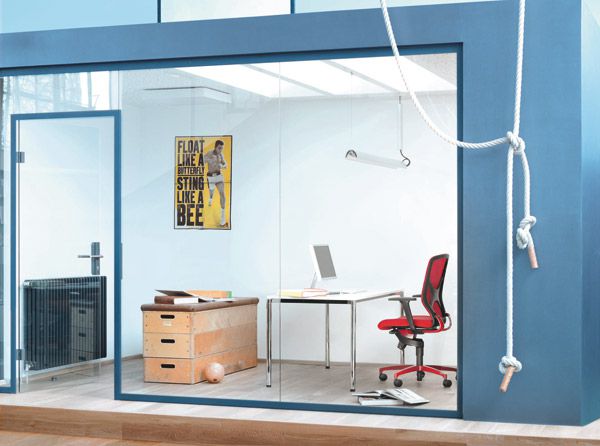
The “sitting is the new smoking” campaign has done its job – it shocked the commercial sector into becoming aware of the dangers of modern workplace culture. A job certainly well done, but it is time now to take that sentiment and make the positive changes that designers such as Wilkhahn have worked for decades to uncover.
For more information, contact Wilkhahn here
INDESIGN is on instagram
Follow @indesignlive
A searchable and comprehensive guide for specifying leading products and their suppliers
Keep up to date with the latest and greatest from our industry BFF's!

Rising above the new Sydney Metro Gadigal Station on Pitt Street, Investa’s Parkline Place is redefining the office property aesthetic.

CDK Stone’s Natasha Stengos takes us through its Alexandria Selection Centre, where stone choice becomes a sensory experience – from curated spaces, crafted details and a colour-organised selection floor.
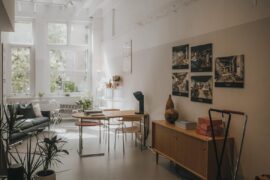
Sydney’s newest design concept store, HOW WE LIVE, explores the overlap between home and workplace – with a Surry Hills pop-up from Friday 28th November.

London-based design duo Raw Edges have joined forces with Established & Sons and Tongue & Groove to introduce Wall to Wall – a hand-stained, “living collection” that transforms parquet flooring into a canvas of colour, pattern, and possibility.
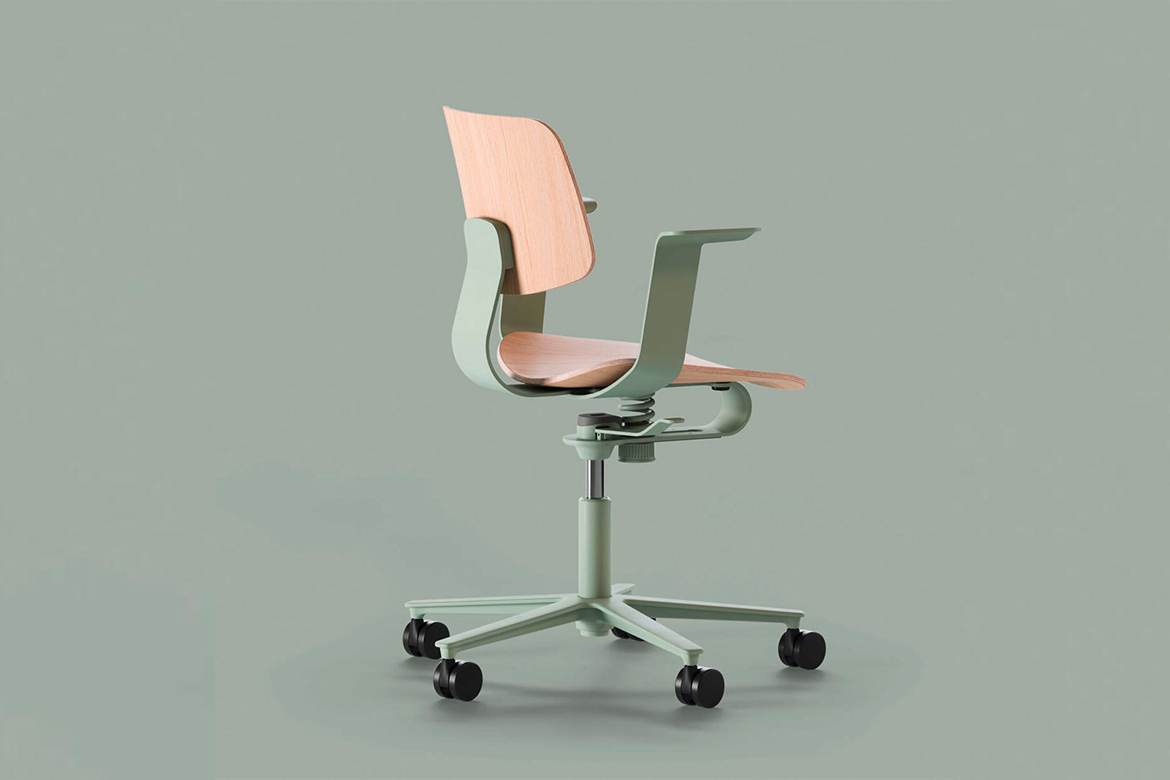
True sustainability doesn’t have to be complicated. As Wilkhahn demonstrate with their newest commercial furniture range.

In Australia alone, 6.4 per cent of all waste generated comes from furniture and furnishings. In this article, we review today’s most impactful Whole Of Lifecycle Furniture practices.
The internet never sleeps! Here's the stuff you might have missed
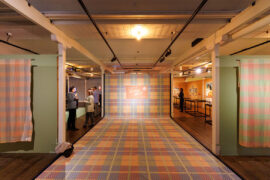
At the National Wool Museum, a new exhibition traces the evolution of Godfrey Hirst and its long-standing role in shaping Geelong’s industrial and design identity.

For a closer look behind the creative process, watch this video interview with Sebastian Nash, where he explores the making of King Living’s textile range – from fibre choices to design intent.
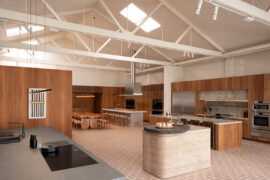
The Fisher and Paykel Melbourne Experience Centre by Clare Cousins Architects with Fisher and Paykel Design and Alt Group has been awarded The Retail Space at the INDE.Awards 2025. As a winning project, it redefines the possibilities of retail architecture by creating an immersive, material rich environment shaped by place, culture and craft.

The World Architecture Festival has named The Holy Redeemer Church and Community Centre of Las Chumberas in La Laguna, Spain as World Building of the Year 2025, alongside major winners in interiors, future projects and landscape.